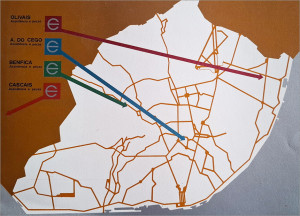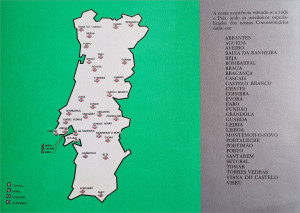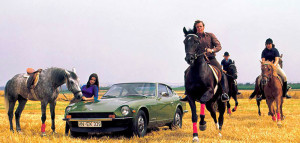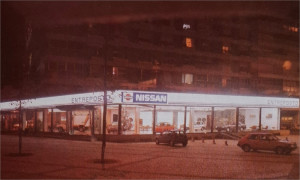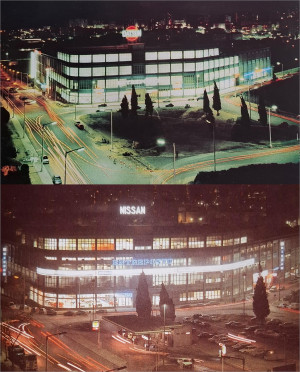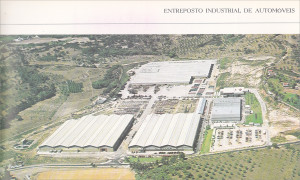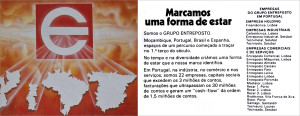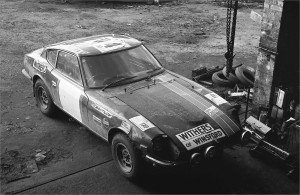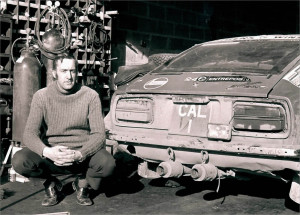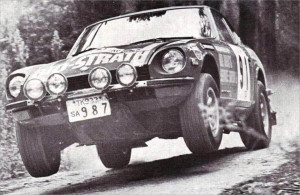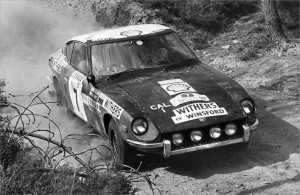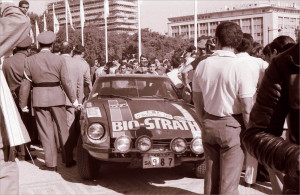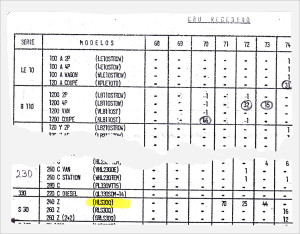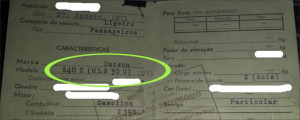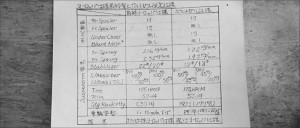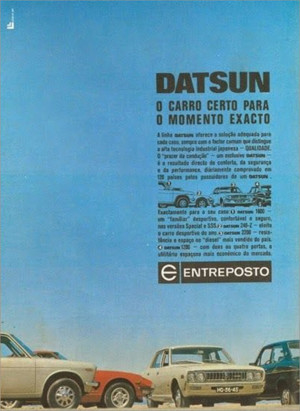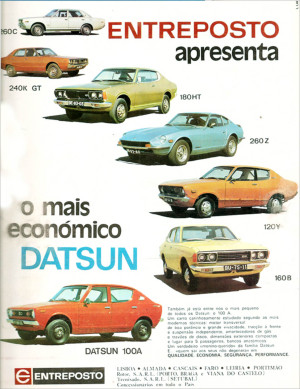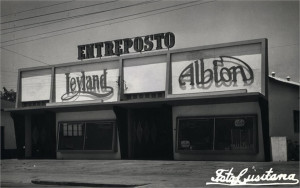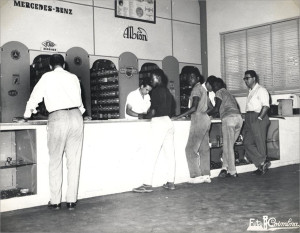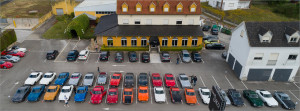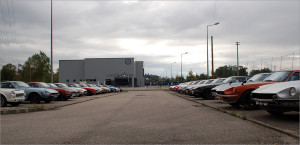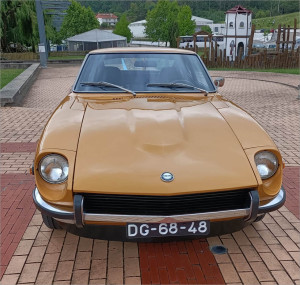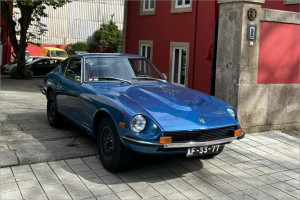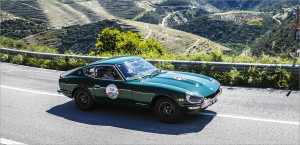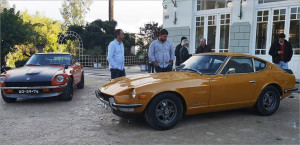Portugal is a country that makes up only a small part of the global Z history. Probably only very few fans of the Datsun or Nissan brand have even read a reference to this particular sales market.
But Portugal is not just another country in Europe where Datsuns were sold. In Portugal, cars were sold via the importer Entreposto, which originally came from Mozambique in Africa. And, depending on the model, even assembled the cars.
At the beginning of its operations in 1967/68, Entreposto Comercial de Automóveis (first name) was an importer/distributor under the same legal entity and also controlled some dealerships in the main cities (Lisbon with five showrooms, Faro, Portimão, Leiria). However, since 1968, the dealer network included 25 to 30 dealerships that were not controlled by the Entreposto Group. In the past, independent dealers in small towns sold 45 to 50% of sales and Entreposto-controlled dealers sold the remaining volume.
This situation later changed and all Entreposto dealers became independent entities controlled by Finantécnica, the Entreposto holding company.
An important point in the history of Africa: in the 1940s and even earlier, white people were a distinct minority in both Angola and Mozambique. In order to develop both colonies, the Portuguese government encouraged whites to immigrate to both colonies. The founder of the Entreposto Group was an immigrant in Mozambique, as were all the managers and key employees who came from the mainland.
The return to the mainland was a natural move, decided in 1967, as Datsun (and also Toyota) cars (since 63/64) became increasingly popular in these colonies and were exported directly from Japan to local importers. The people of Entreposto said, why not sell Japanese cars in mainland Portugal? And so Datsun came to Portugal in 1967.
But even if this doesn't sound like a particularly exciting story, it obviously shows the passion Portuguese people developed for sports cars and the loyalty they showed to the S30 models as a result of the rallies in their country alone.

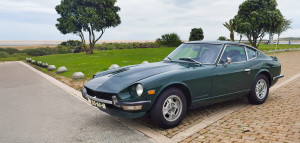
 Florian Steinl
Florian Steinl 